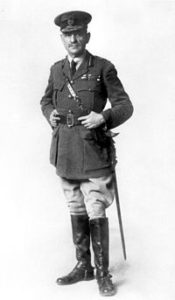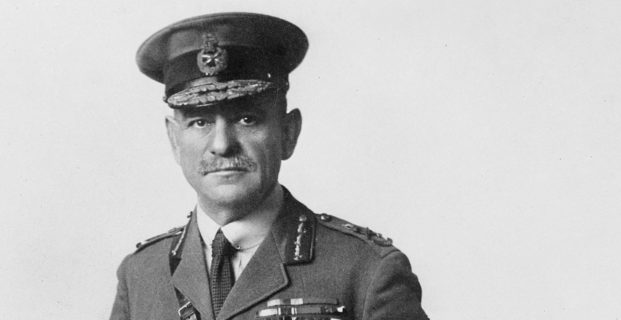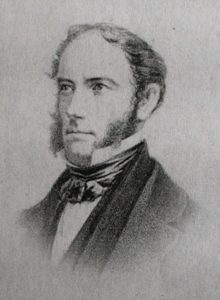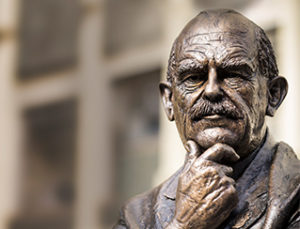 In its proposed new electoral boundaries for Victoria, the Australian Electoral Commission (AEC) has recommended that the federal seat of McMillan in Gippsland be renamed Monash in recognition of Sir John Monash.
In its proposed new electoral boundaries for Victoria, the Australian Electoral Commission (AEC) has recommended that the federal seat of McMillan in Gippsland be renamed Monash in recognition of Sir John Monash.
The AEC is right to recognise that Monash was a great Australian who is deserving of a federal electorate named in his honour. However, the place to do that is in the heart of the City of Monash and not in some other place hundreds of kilometres away.
Renaming a Gippsland based seat as Monash is a recipe for confusion.
Monash is a well-known geographical area based around the City of Monash in Melbourne’s south-east and comprises iconic places like Monash University, Monash Medical Centre and the busiest section of the Monash Freeway.
The proposed new boundaries for the seat of Hotham place it right in the centre of the City of Monash taking in the university, the hospital and the freeway. It is perfectly positioned to be renamed in honour of arguably the greatest Australian of all time.
There is no local affinity with, nor fondness for, Charles Hotham. While Monash was a great Australian, Hotham was not even an Australian – spending only 18 months in the country after unsuccessfully attempting to avoid his Melbourne posting.
Hotham was also a long way from ever being regarded as great. In the short time he was in charge of the Victorian colony, he was widely viewed as incompetent. Today, he is remembered in the ANU’s Australian Dictionary of Biography as being authoritarian, obstinate, inept, unnecessarily disparaging of his colleagues and as an official who ‘totally misunderstood his position as governor of a sizeable Crown colony’.
Surely it is only in Australia that a foreign citizen in such circumstances could be bestowed with the enduring distinction of a seat in the nation’s Parliament named in his honour.
Whereas Monash achieved greatness through a lifetime of dedicated application to mastering all kinds of disciplines, Hotham is little more than a footnote in Australian history as the man responsible for provoking the Eureka Stockade. He ignored reforms to the miners’ licence system recommended by a royal commission and by the end of his short reign as governor was deeply unpopular.
In stark contrast, Sir John Monash achieved success in staggering proportions across many areas of public service. He was a soldier, engineer, administrator, academic and lawyer. He built bridges and the Outer Circle railway line through Melbourne’s eastern suburbs, he led Australia’s forces in the First World War and upon his return from war, he was Vice Chancellor of the University of Melbourne and ran the State Electricity Commission of Victoria (SEC).
In that uniquely Australian way, Monash had his flaws and made many mistakes throughout his life, but this only serves to endear him more to us today. Indeed, it is that very quality which caused historian Geoffrey Serle to aptly remark of him, ‘He was one tall poppy who was never cut down’.
As deserving as Sir John Monash is to have a seat named in his honour in the Australian Parliament, Charles Hotham stands out in contrast as equally undeserving. It is time to correct this hangover from British colonial times that continues to see an ordinary foreign administrator like Charles Hotham recognised in Australia’s national parliament.
Now is the opportunity for the AEC to appropriately recognise the greatest Australian we have yet known, John Monash, in his spiritual home where so much of the local real estate is already named in his honour.




makes great sense